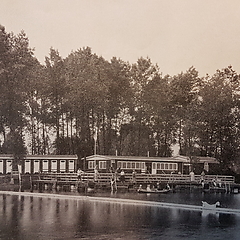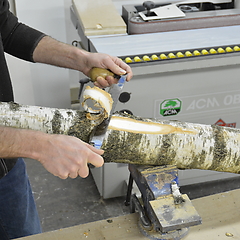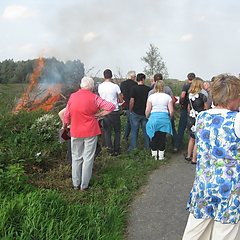Each year, on the Wednesday before Easter, from 4 PM, a farm wagon, pulled by one or two horses, drives through the streets of Niekerk, Oldekerk and Faan. Two men on the coachman’s seat. The coachman drives the horses and the co-driver rings a bell to draw the residents’ attention to this tradition, that has been taking place as of 1476 already. On the wagon there is a ‘wooden barrel with herring’. The 750 herrings are, in reality, already in De Zaaier, the clubhouse directly beneath the tower of the twelfth century Liudger Church in Niekerk. By 4.30 PM the farm wagon arrives at the site of the church. There, surrounded by the already arrived village residents, the first herring is offered to the chairman of the board of the Menno Jeltemastichting (Menno Jeltema Foundation). The moment the chairman has experientially approved this herring marks the point that all the villagers can come and take up to four herrings. The herrings are free and intended for all the inhabitants of the former municipality of Oldekerk. These past years it has also been possible to get cleaned herrings. This costs 46 pence per herring. A couple of volunteers make sure that the interior of De Zaaier is made ’herringproof’. And thus, between 4.30 and 5.30 PM, under the watchful eye of the five board members and the coachman/co-driver at the background, several hundred fellow-villagers shuffle alongside the tables where the herrings are distributed, hoping that there will not be too many herrings left, but above all that there will not be a shortage (which occurred at least once). In case any herrings are left, they are donated to a care institution within the municipality or else another good destination is searched for.



